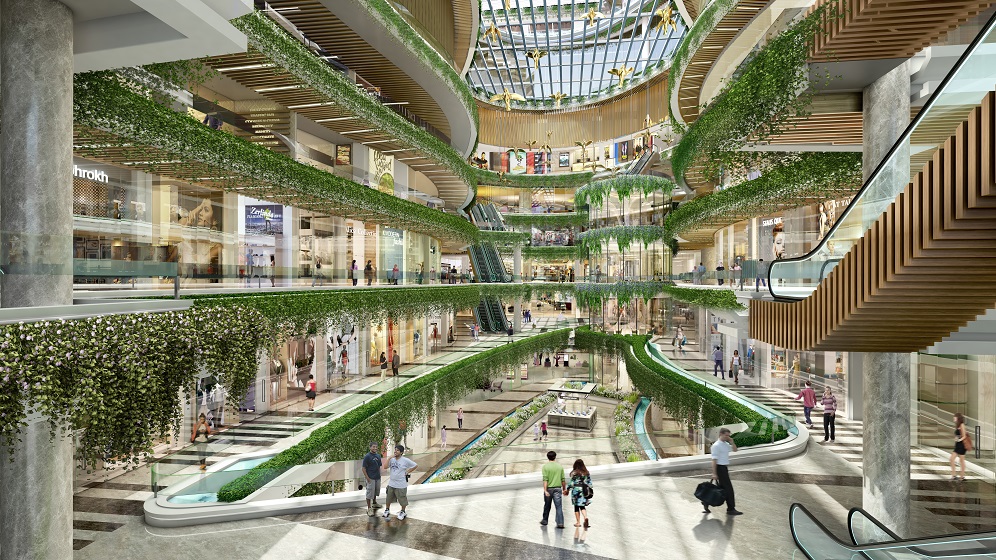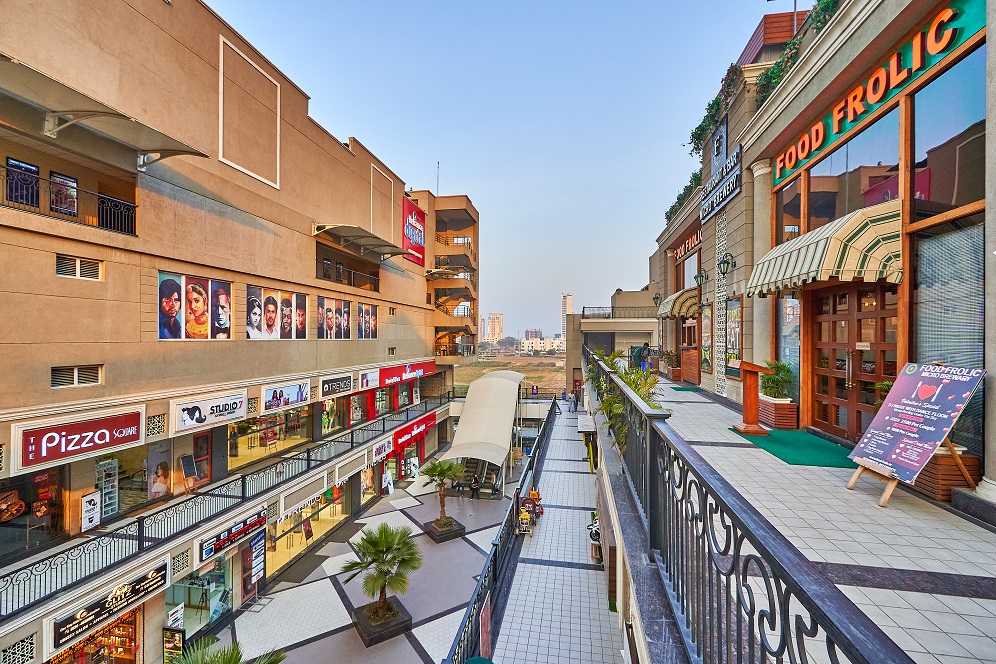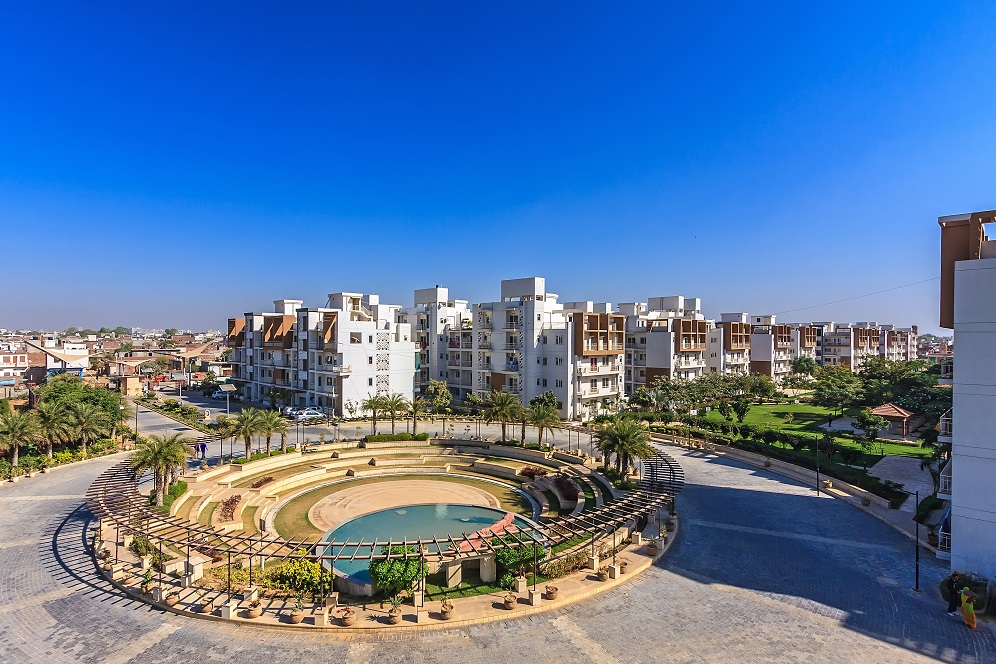Sustainability in Architecture
Text: Mitu Mathur, Director, GPM Architects and Planners, New Delhi
The Covid-19 pandemic has necessitated the need to rethink architecture and design for the upcoming challenges, and adopt an environmentally-conscious lifestyle. We must focus on sustainable urban development as it is a conscious step to ensure a livable environment for us and our future generations, such as low-carbon future in changing urban scenarios. We must incorporate climate-responsive strategies that improve indoor air quality and microclimate by introducing greens and using renewable energy resources and local materials.
Incorporating energy-efficient design strategies creates a healthy and comfortable environment, while natural elements conserve resources. Also, they consider the building’s operational costs and reduce pollutants and waste. AAC blocks are a sustainable alternative to traditional bricks that reduce environmental impact, which is a less polluting factor in construction. Building-integrated photovoltaics (BIPVs) promote alternative energy generation for lighting backup and landscape lighting, along with internal finishes made from low-volatile materials and heat-reflective paint to reduce heat gain.
Balconies and open areas within residential towers are necessary to ensure the inhabitants’ physical and mental well-being, apart from offering community advantages. For large-scale commercial developments, we have the open-to-sky high-street ‘haat’ model with multiple galleries, piazzas and landscaped courtyards to reinforce the users’ connection in nature – as seen in ‘Sapphire ‘83’.
We constantly face the question of how rapid urbanization has impacted mass house and the construction industry in India, which highlights the need for sustainable design and development policies. Architects and developers must redesign their work to accommodate sustainability concerns, as seen in the Ananda Mangalam. Here, the residential units maximize cross-ventilation and natural light, which minimizes the reliance on electricity and HVAC. Low-rise blocks also minimize structural costs, while creating a sustainable housing solution.
Thus, we must have environmentally-conscious design that minimize the building’s negative energy impact and enhance their livability.










